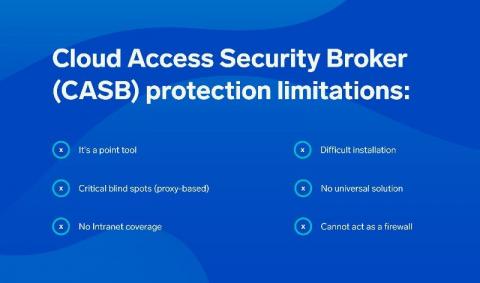Phishing attacks exploit YouTube redirects to catch the unwary
Attackers are increasingly exploiting the fact that email gateways turn a blind eye to links to popular sites such as YouTube, in order to phish passwords from unsuspecting computer users. Researcher Ashley Trans of Cofense highlighted the threat in a blog post describing a recent phishing campaign. In the attack, an unsuspecting user receives an email which purports to come from SharePoint, claiming that a new file has been uploaded to his company’s SharePoint site.









